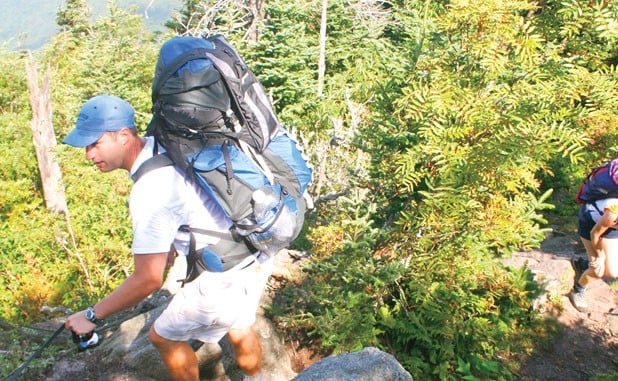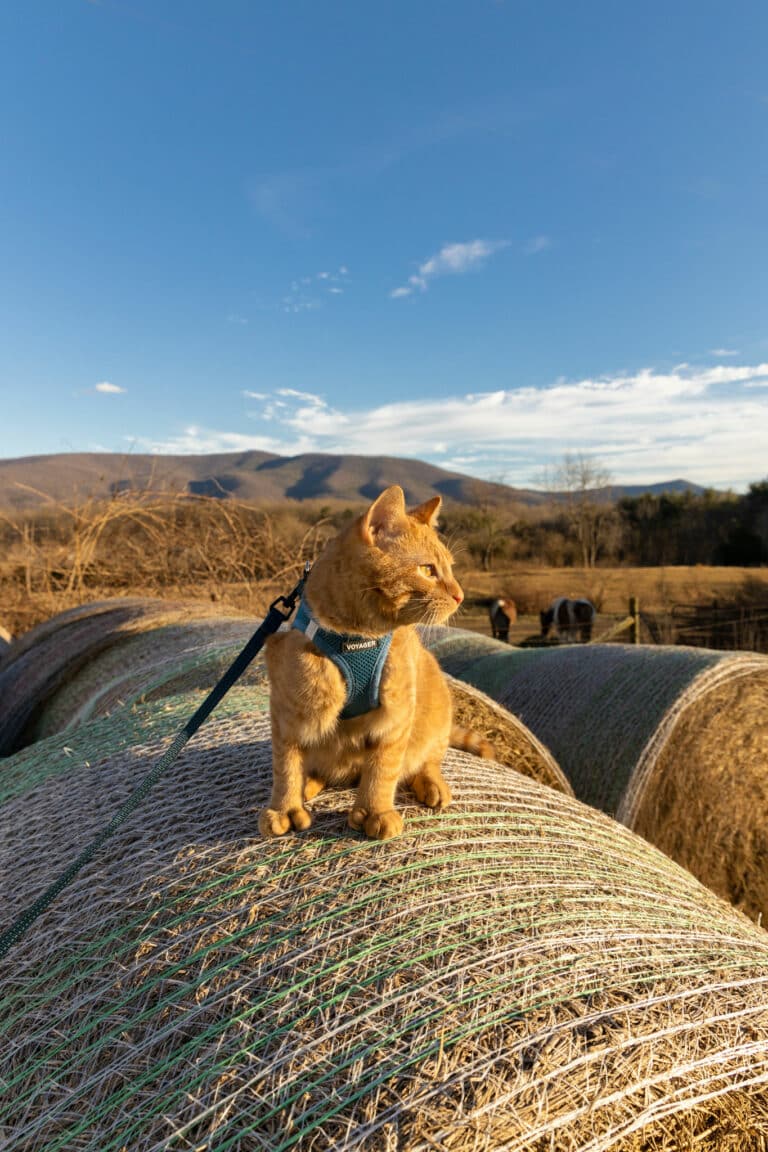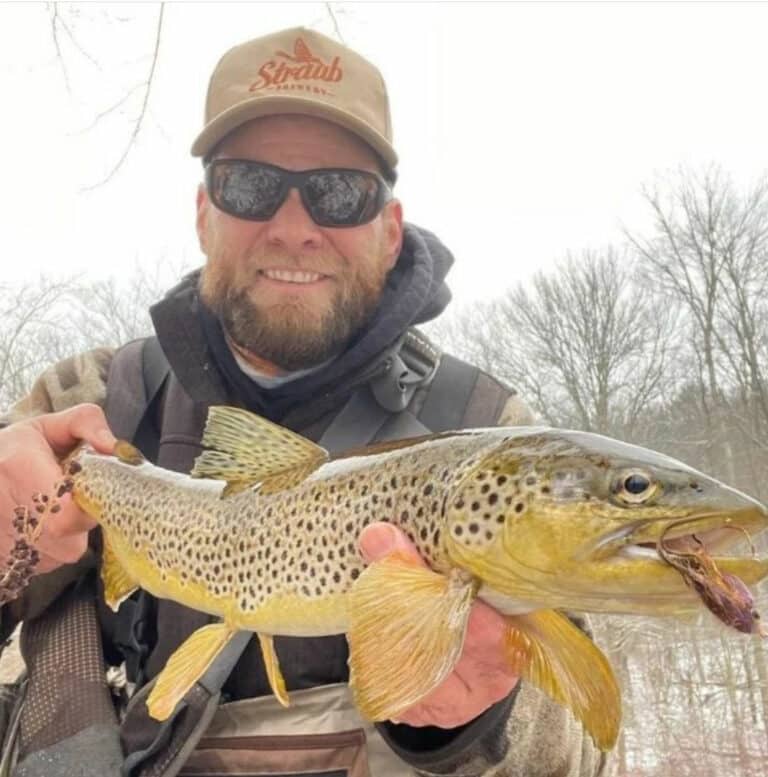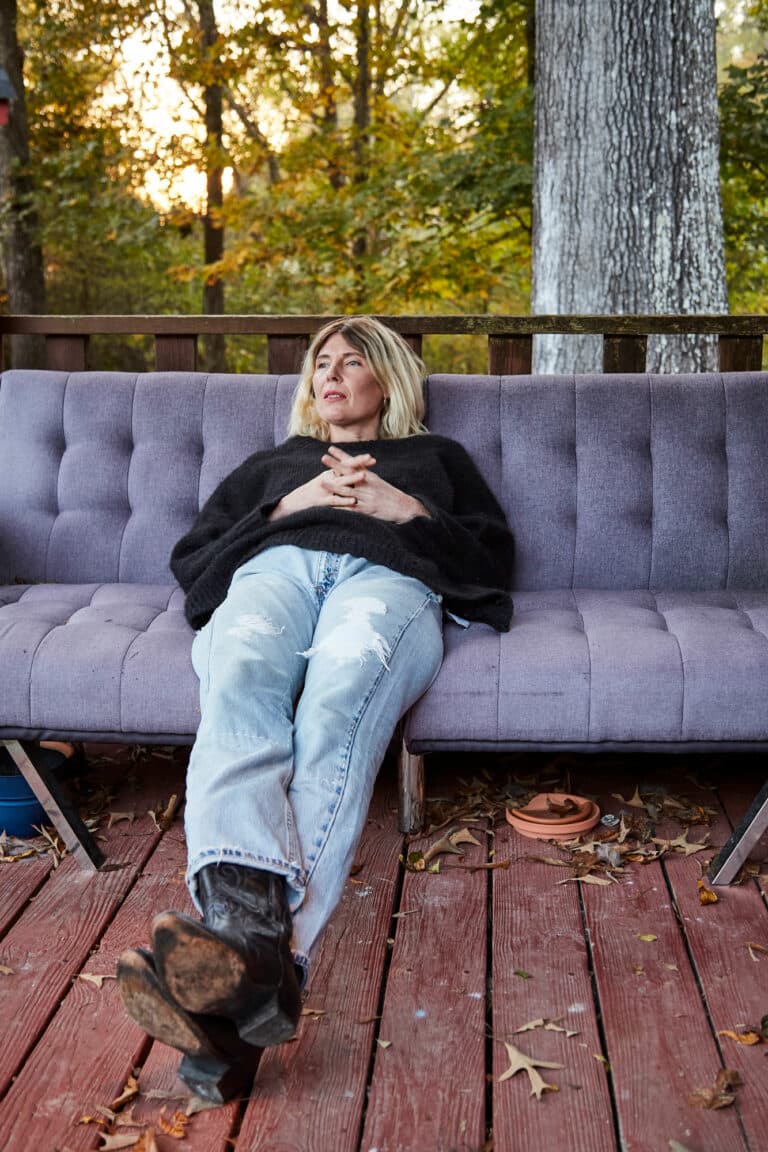Taking that first overnight trek into the forest can be daunting. BRO asked Vesna Plakanis, co-owner of A Walk In The Woods, to break down the basics of her popular Backpacking 101 courses, which take participants on a two-day trek through the Great Smoky Mountains National Park.
How To: Fit Your Backpack
- Put the pack on your shoulders and bend over at the waist. Tighten the waist belt tight so the buckle sits on your belly button and the straps on your hips.
- Tighten the breast strap. Not too tight.
- Tighten the shoulder straps at your chest.
- Stand up, then tighten the load lifters on your shoulders.
- Tighten your lumbar load straps. The weight of the pack should be on your hips.
Three Rookie Mistakes
Over Packing:As a general rule, only bring one luxury item, like a lightweight book. Aim for a pack-weight that’s 25 percent of your body weight, including your food.
Over Reaching:A lot of beginners bite off more mileage than they can chew. Beginners should not hike more than five miles on the first day.
Under Hanging: Hang your whole backpack, not just a food bag. Bears have an amazing sense of smell, and smells tend to linger in packs.
How To Backpack Pain Free
Beginners start out with good energy, go too fast, then bonk halfway through the first hike. Pace yourself. During the first hour, stop every 15 minutes and rest for five minutes. During the next hours, stop every 30-45 minutes and rest, and add some light stretches. This will battle soreness and fatigue and allow you to hike day after day without aches.
Most Common Forgotten Item: Rain Gear
Good rain gear should be in your pack even if the forecast is sunny. In the mountains, the weather can drop from 80 degrees to snow. Rain gear keeps you dry, but it will also help keep you warm when the temperature drops.
How To Build a Fire
Starting a fire can be tough for beginners. Pack drier lint, which is lightweight, highly flammable, and makes great kindling. In a pinch, spread hand sanitizer, which is mostly alcohol, on the sticks.
Don’t Drink the Water
No matter how high on the ridge you are, it’s best to treat the water before drinking it. Use a filter, which will get rid of just about any pathogens, but has fewer working parts than some purifiers and requires no batteries.
Watch This: Johnny Molloy demonstrates how to load a backpack.








